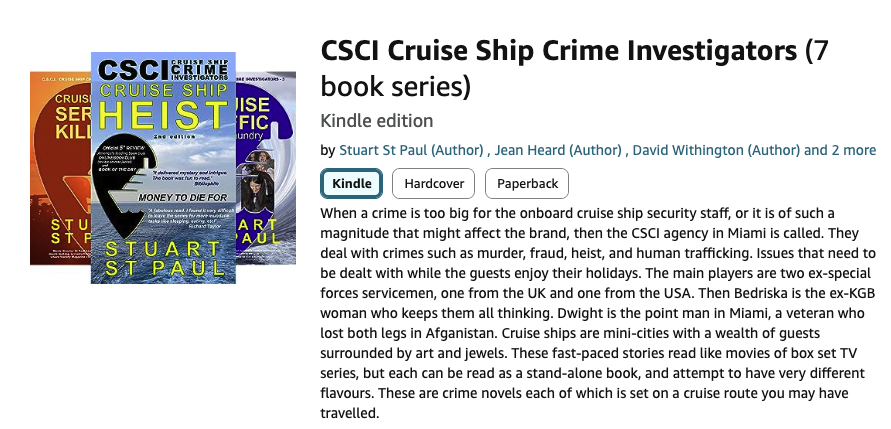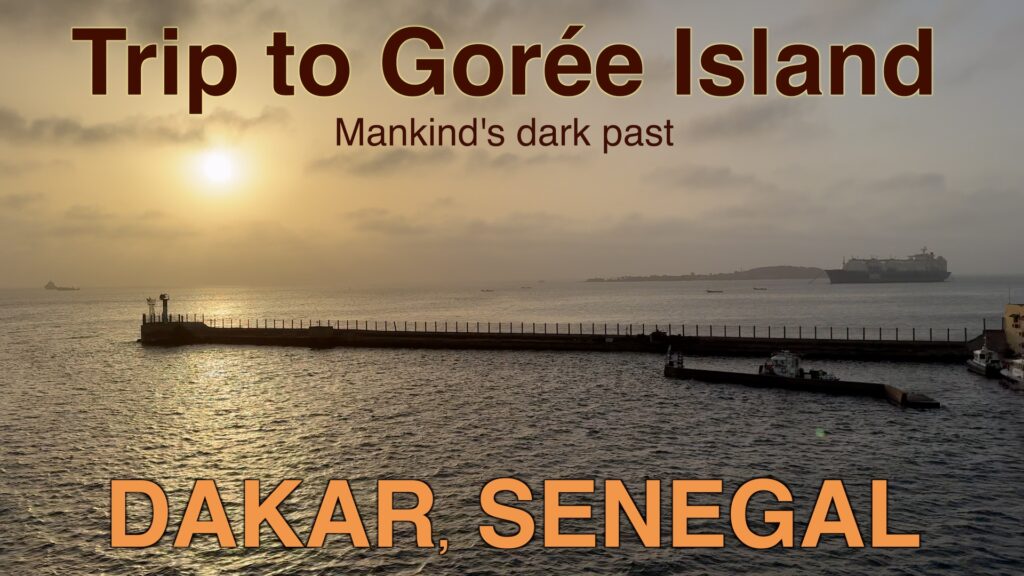New York is a big, complicated city based on the water, which weaves, surrounds and splits the city that remains joined together by tunnels and bridges. The buses, the metro, the tours and carriages offer so many ways to see it. It is a film and television city where each way you turn you will be reminded of shows from Blue Bloods to Ghost Busters. The original Ghostbusters movie did arguably more for the New York Library than its millions of books or new Kindle reading rooms. The 1984 hit film was conceived and starred Dan Aykroyd and it is claimed to be the most iconic Ghostbusters scene shot in New York.
Rockefeller Buildings
The ambitious Rockefeller buildings in Midtown Manhattan, between 48th and 55th streets are historic. It was declared an American National Historic Landmark in 1987.
John D. Rockefeller, Jr. leased the 22 acres from Columbia University in 1928, the development began in 1930 without the originally planned opera house as his plans changed following the stock market crash of 1929 and the Metropolitan Opera’s continual delays to hold out for a more favourable lease. Rockefeller decided to move forward without them, stating, “It was clear that there were only two courses open to me. One was to abandon the entire development. The other to go forward with it in the definite knowledge that I myself would have to build it and finance it alone.” As the sole financier, on a 27-year lease with options for three 21-year renewals, from Columbia, he negotiated a line of credit with the Metropolitan Life Insurance Company and covered other expenses through the sale of his oil company stock. The initial costs were estimated at $250 million. It was the largest private building project ever undertaken in modern times. Now the building attracts approximately 350,000 visitors and tenants daily!!!
Grand Central Station
In Midtown Manhattan just down from the junction of Maddison Avenue and 5th Avenue is Grand Central Station or Grand Central Terminal which has sixty-eight shops and thirty-five dining options, but more importantly, it has TRAINS! Railroads played an important part in that and New York became the centre of a network that spread out across the country. In the 1830s New York City’s first railroad line connected Prince Street to the Harlem River, accelerating the city’s expansion northward from Lower Manhattan. In the 1860s, Cornelius Vanderbilt a self-made man launched a ferryboat service to Staten Island at age 16 and swiftly built a vast shipping business on the Hudson River, Atlantic Coast, and beyond—including steamships to San Francisco during the 1849 Gold Rush, bought controlling stock in three of the four competing railroads—the Hudson River, New York Central, New York & Harlem, and New York & New Haven. Forging them into one was the start of an empire that brought people, profits and excitement but the novelty wore off and pollution became an issue from these steam and smoke engines. In 1854 they were banned below 42nd street. So, a tunnel was built from 49th to 97th Street in 1875. The railroad like much of the building of America is a great story, but this building is a wonder that Jean shows you in her film, which opened as the Grand Central Depot in 1871.
 Read the official review of Cruise Ship Heist by the huge American book club. It is in the sidebar. Cruise Ship Heist and Audiobook will be released by September 2023.
Read the official review of Cruise Ship Heist by the huge American book club. It is in the sidebar. Cruise Ship Heist and Audiobook will be released by September 2023.
CRUISE TERMINALS
New York only has three cruise ship terminals, and this is the one favoured by the Queen Mary 2, though it is also used by the Crown Princess, the Regal Princess, and the Aurora. Brooklyn Cruise terminal on the Upper Bay in the Red Hook area of Brooklyn is not the best place to dock, not even the locals know it is there including police and taxis. It is, as is Brooklyn across the river from Manhattan hence the bridge, which could be a walk but will take you an hour. However, though walking over the Brooklyn Bridge is supposed to be amazing and it is on our bucket list for next time, we suggest the bus to the bridge is a whole lot easier. Here at Doris Visits we show you two routes, the ferry across the Buttermilk Channel, which is easy provided you watch the information screen at the front of the queue for information and times and don’t listen to gossip. Tickets should be bought in advance, and there is a machine, but many don’t bother and expect to buy on board. If the ferry is running late, it might not wait, it has problems if it runs behind schedule so best to be prepared, with a ticket. If you want to use your Google.com/transit then the GPS address to use for the terminal is 72 Bowne Street, Brooklyn, NY 11231.
Empire State Building
The Empire State Building was built to land airships on the roof. I kid you not. That didn’t work and in fact, during the depression, it was so empty it was nicknamed the empty state-building. The site started to be prepared in January 1930, with construction starting on March 17—St. Patrick’s Day with over 3,400 workers, mainly Mohawk Indian ironworkers, many from the Kahnawake reserve near Montreal and immigrant workers from all over Europe. Despite working at height without the safety one insists on today, with workers walking out on beams and leaning into the wind for fun, and as we have seen from classic pictures sitting astride beams eating lunch, only 5 workers were reported to have died. The building was opened on May 1, 1931, but it did not become profitable until 1950 and was sold in 1951. You will learn a lot from the story and pictures shown in the exhibition hall near the top. The first time we visited New York we did not go up because it was always in the cloud, this time the sky was clear, and we decided to go up at night as you will see from the pictures. As you will not know whether it is in the cloud or not, the Big Bus Adventure ticket is a clever idea because you get any five of a list of attractions, which means you can change your idea to fit the location and weather. See below to buy the Big Bus ticket in advance and miss the queue because your QR code will be able to be read by their operators on the street at any bus stop. The Empire State Building stands 1250 feet high to the top of the roof, the antennae make it to 1454 feet. It gets its name from the nickname of New York, the Empire State. Every state has a nickname, like the Sunshine State.
ELLIS ISLAND
Between 1855 and 1890 Castle Clinton was the immigration station of the state of New York, which is likely to be the boat station you will head for on your tour. You will go through detailed security then take a boat to Liberty Island then across to Ellis Island as seen in the film. Don’t underestimate the time needed for the two islands. Ellis Island alone, should you wish to tour it and the museum can easily take an hour. Liberty Island, a separate page and film, is also at least an hour and if you want to go up the statue, a lot longer, but you must buy tickets to the top before you travel (see Liberty page). The basic boat travel ticket (not going up Liberty) to both islands including audio guides is part of our Big Bus Adventure.
In 1892 the station for immigration opened, and it burned down in 1897. The present main building, a French Renaissance-style brick structure, opened in 1900 and over the next ten years of the 8.8 million immigrants to the USA 6 million were processed here. Over 12 million entered via Ellis Island and by the 1920s laws started to get passed on immigration control and a deportation centre was set up there. During the war, Aliens were interned there. The immigration centre closed in 1954 and by 1965 it became a monument joining the Statue of Liberty. Now you can retrace the footsteps of someone who went through the process with a dramatized audio tour.
This is a place where stories of joy as well as horror stories originate, as families come in and are interrogated and tested, legally and medically with approximately 31 questions. About 20% were sent for stronger vetting and about 2% failed entry and were sent home often splitting families. The record of people arriving in steamships in a day to Ellis Island in the early 1900s was 11,747 which was on April 17th, 1907.
LIBERTY ISLAND
Make sure you leave time. The basic boat travel ticket (not going up Liberty) to both islands including audio guides was part of our Big Bus Adventure. There is a film about our host jumping off the Statue of Liberty for a movie. American Werewolf in Paris. The torch and flame room are not always open now.
In 1811 the Star-shaped Fort Wood was built on Liberty Island, then Bedloe’s Island. The statue, conceived in 1865, began construction in Paris by the designers of the Eiffel Tower. Between 1881 and 84 the statue was erected in Paris. To this day the statue faces France. In 1884 designer Richard Morris Hunt designed the pedestal and the next year the statue, already being called the eighth wonder of the world was dismantled in France. In 1886 it was re-assembled where you see it now. There is limited access to the crown and tickets must be bought in advance.






